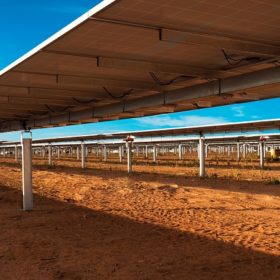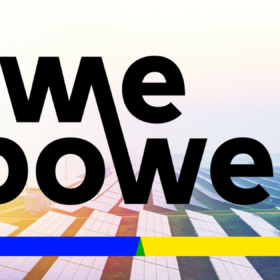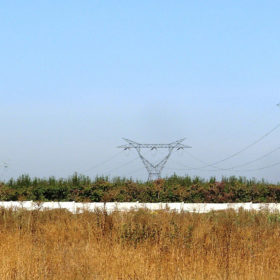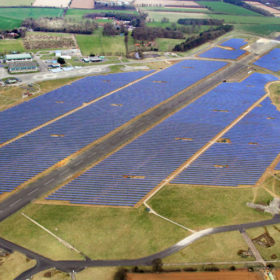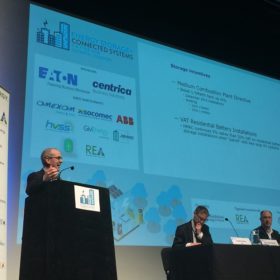Unique properties of organic polymer solar cells expected to open niche market opportunities
While they cannot match the durability and efficiency of inorganic silicon-based solar cells, organic polymer solar cells show potential to provide power to remote microwatt sensors, wearable technology and the Wi-Fi-connected devices constituting the Internet of Things.
Shifting demand and pricing pressure main solar tracker challenges – GTM Research
Following its latest global solar PV tracker report, GTM Research speaks to pv magazine about what the sector can expect to see this year. Shifting demand and pricing pressures will be the main challenges. While Latin America continues to grow, the U.S. market will rebound. Bifacial and C&I growth confirmed as hot tracker trends.
Solar trackers: Record 2017 shipments; up to 20 GW expected in 2018
Last year saw record levels of global solar tracker shipments, reports GTM Research. It forecasts even bigger growth in 2018, despite continued consolidation. NEXTracker held on to the top spot once again, while Latin America became the biggest market.
Blockchain company raises $40 million to further develop energy trading platform
WePower is raising money in hopes of leveraging Bitcoin’s ‘blockchain’ technology to enable instant tracking and trading of clean electricity.
The weekend read: Tracker market is adapting to bifacial module technology
Solar tracker makers are bringing specially designed models to the market in order to embrace the coming wave of bifacial panels. While bifacial panels may capture up to 10% more light than monofacial panels, single-axis trackers typically add 25% to that bifacial gain, resulting in a roughly estimated 12.5% gain from the two technologies combined, compared with fixed installs using monofacial panels.
Global storage growth of 4.6% in 2017 reflects patchy state of sector, finds BNEF
Despite hitting a record 1.17 GW of new grid-scale storage capacity in 2017, growth was a mere 4.6% on 2016 having surged 61% the year prior. Industry’s reliance on policy support means foundations for growth remain uneven, report finds. Average costs, however, fell by 24% last year.
IEEFA identifies nine markets pushing boundaries of variable renewables integration
Latest report by IEEFA showcases nine case studies among the world’s leading states by wind and solar market share, which can serve as an example for other countries on their energy transition pathways.
China to achieve solar grid parity in 2023, slow development of storage hinders RE adoption, survey shows
Examining the outlook for renewables, grid and infrastructure, and energy storage for the next five years and beyond, the Lloyd’s Register 2018 Technology Radar study asks the question: When will renewables become the dominant source of energy?
Analysis: Longi mono wafer expansion plans could yield H2 oversupply
Independent solar analyst, Corrine Lin believes that Longi’s plans to triple monocrystalline wafer production capacity to 45 GW by 2020 could trigger an oversupply problem in the second half of this year.
Waiting for the World Bank’s Scaling Solar and Storage program
Expectation is rising that the World Bank’s Scaling Solar program will soon expand to include energy storage. A presentation by global law firm, Eversheds Sutherland this week in London added further weight to this.

